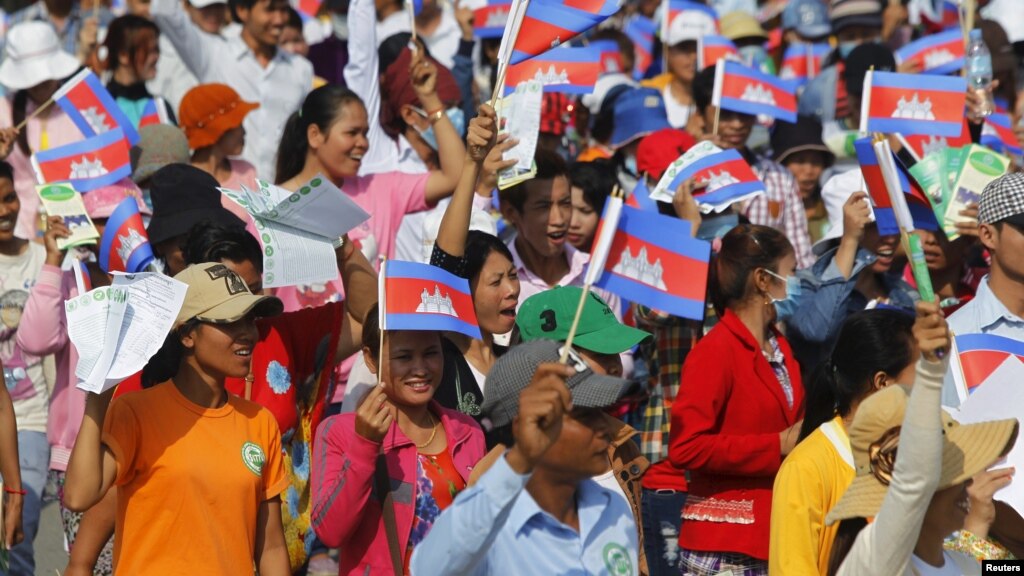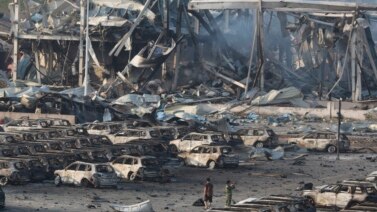
Workers and employers around the world argue over the issue of a minimum wage. Workers says they want to receive a minimum “living” wage that permits them to meet the most basic needs of life such as food, clothing and shelter.
Employers say that high labor costs will affect their company’s profitability and its value to shareholders. And governments worry that they will lose trade, investment and tax revenues if labor costs within their borders go too high.
US minimum wage a growing issue
In 2014, President Barack Obama signed an executive order raising the U.S. federal minimum hourly wage to $10.10. The order applies only to new or replacement federal contracts. However, for most jobs subject to the federal minimum wage, the rate remains $7.25 an hour.
But, the federal minimum wage does not apply to everyone for a number of reasons. Each state has its own labor laws, which can affect the minimum wage workers can receive.
In early June, the Los Angeles City Council approved a minimum wage measure. The plan will increase that city’s lowest wage to $15 an hour by 2020. Under the plan, the minimum wage in the second largest American city will increase yearly for five years. Small businesses and non-profit organizations will have an extra year to reach the $15-an-hour pay level.
For workers, increased pay is welcome. Edgar Gonzalez, a young father, says the move will make a difference for him.
“It will mean a lot. It will help me out with the rent. It will help me out with diapers. It will help me out with having a better life.”
However, many business organizations, such as the U.S. Chamber of Commerce, say minimum wage measures put an unfair burden on small businesses.
Requiring a high minimum wage for hourly work also can have the unwanted effects of driving up youth unemployment. Employers may hire fewer unskilled workers or they may cut labor costs by using automation such as machines or robots.
The main criticism of high minimum wage requirements is that they hurt job creation. But it is clear that pay raises do lift the standard of living for the working poor -- as long as inflation is not a problem.
Purchasing power parity: not all minimum wages are the equal
Every minimum wage is not the same.
To compare the buying power of currencies in different countries, economists have developed a method called purchasing power parity, PPP for short. Instead of using the exchange rate of currencies to the U.S. dollar or a group of currencies, PPP compares the buying power of currencies for important products.
Data from the Organization for Economic Co-operation and Development show that some countries like Poland or Hungary, with lower minimum wages, have relatively high buying power. Countries with very high minimum wages like Luxembourg or Australia have less buying power in PPP terms.
Some economists believe there should not be a minimum wage. Conservative economists say markets and individuals should be left to set the price of labor rather than have a rule setting a floor, or lowest point, for wages. However, most people accept the idea of rules to govern wage levels to ensure fairness.
Minimum wages around the world
Many people consider minimum wage laws an important part of labor laws that provide protections for workers. In recent years, wages disputes have come from disasters, government intervention and labor-related violence and tensions.
In 2013, a deadly fire at a garment factory complex in Dhaka, Bangladesh, brought attention to the issue of worker safety in the low-wage industry. More than 1,000 people died in the disaster. The deadly incident also brought attention to the wages paid to workers for companies that supply large clothing stores in Western developed nations. It also resulted in a pay increase for workers at some Bangladeshi factories.
At the beginning of this year, Cambodian garment workers gained an increase in the minimum monthly wage from $100 to $128. The increase was a compromise set by the government. It came at the price of deadly violence between protesters and security forces in 2014.
In Vietnam, Prime Minister Nguyen Tan Dung issued a decree to raise the country’s monthly minimum wage to a top level of $146. Foreign investors are worried about the higher cost of labor. However, activists say that the new minimum wage still only meets 70 percent of the actual cost of living.
I’m Mario Ritter.
Words in This Story
shareholder(s) – n. a person or a group owning a share of a company or business
automation – n. machines, computers or robots that carry out manufacturing instead of people
complex – n. a group of buildings that are close to one another that are used for a certain purpose
parity – n. the state of being equal
Tell us about the minimum wage in your country in the comments section below.





